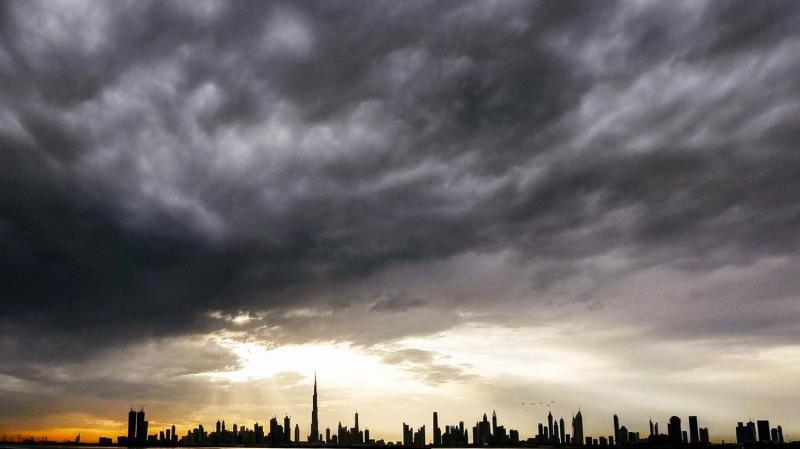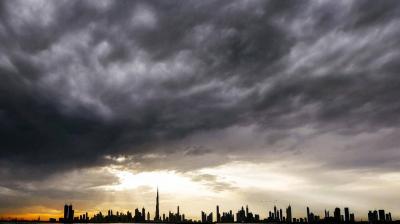Iranian General in the Revolutionary Guard, Gholam Reza Jalali, sparked controversy after accusing Israel of "stealing clouds and snow" and causing climate changes in Iran. While his idea was met with mockery from Israeli officials and environmental experts at the time, it has resurfaced with a new alleged perpetrator: neighboring Turkey, according to a report by "Al Arabiya."
Over the past two months, images have circulated on social media showing contrasting weather conditions in Turkey and Iran, where Turkey appeared cloudy with snow-capped mountains, while Iran’s sky looked empty and its mountains were barren along the border.
This is not the first time the topic of cloud theft has made headlines in Iran, as authorities have long been suspicious of both friends and foes manipulating the weather to cause drought and harm. Two years prior to Jalali's remarks, former Iranian President Mahmoud Ahmadinejad made similar claims, alleging that "enemies" were destroying and diverting Iran's share of rainfall in a malicious agenda.
Despite these claims, they have been repeatedly denied by Iran's Meteorological Organization and other environmental bodies in the country, according to U.S. magazine Forbes. Can clouds really be stolen? Why does this idea persist in Iran? What do environmental experts say?
**Theft or Cloud Seeding?**
In environmental science and meteorology, there is no such thing as "cloud theft," despite the frequent use of the term, which is confirmed by several reports from Western media outlets, including the New York Times. Forbes explains that "cloud theft" refers to the belief or accusation that countries use technology to manipulate weather patterns to divert rain clouds away from a specific area.
Regarding the accusations against Turkey, Kaveh Madani, director of the United Nations Institute for Water, Environment, and Health, states that the images comparing the skies of Turkey and Iran "belong to a specific moment in time." He adds to the American magazine that "it has been deliberately or naively chosen to promote a narrative lacking any scientific basis."
Differences in rainfall patterns between countries can be explained by several factors. Some receive more rain than others depending on the proximity of seas, wind direction, and proximity to high mountains, as experts tell Forbes. Meanwhile, as most parts of Iran suffer from severe drought, the scientific community is drawing attention to the root causes of the country's water crisis. Madani explains: "It's easy to distract the public with conspiracy theories and enticing stories for a while, but the real problem won't be solved this way," adding that "in the end, the Iranian people are the true victims of this game."
**"Race for Cloud Seeding"**
A report by the New York Times in August 2022 indicated that countries in the Middle East and North Africa, which face water scarcity, have entered a race to develop the technologies necessary for "cloud seeding" to induce rainfall.




